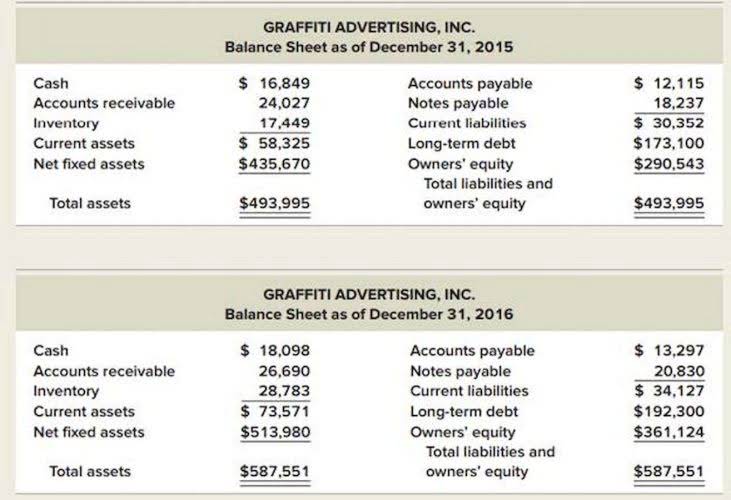
The deduction for a CCF investment isn’t taken on Schedule E (Form 1040). Instead, you subtract the deduction from the amount that would normally be entered as taxable income on Form 1040 or 1040-SR, line 15. In the margin to the left of line 15, enter «CCF» and the amount of the deduction. The partnership will report the dependent care benefits you received.
- This penalty is in addition to any tax that results from making your amount or treatment of the item consistent with that shown on the partnership’s return.
- The Qualified Business Income (QBI) Deduction, established under the Tax Cuts and Jobs Act, allows eligible taxpayers to deduct up to 20% of qualified business income from a pass-through entity.
- Schedule K-1 reassigns tax accountability from the business entity to its individual members.
- The beneficiary is anyone who has ownership in a business entity.
- This article provides a general overview of a Schedule K-1, including the types of entities that issue it, the types of income it may report, and where to find official IRS resources for further details.
Worksheet for Adjusting the Basis of a Partner’s Interest in the Partnership (continued)
- The holding period applies only to applicable partnership interests held in connection with the performance of services as defined in section 1061.
- The K-1 form for S corporations is issued to shareholders by the corporation.
- After you have completed your individual tax return, you will need to file the K-1 form with the IRS.
- Taxes are incredibly complex, so we may not have been able to answer your question in the article.
- Deductible BIE is reported elsewhere on Schedule K-1 and the total amount is reported here for information only and was already included as a deduction on another line of your Schedule K-1.
- In column (a), enter the name of the partnership and “interest expense.” If you materially participated in the trade or business activity, enter the interest expense in column (i).
Report the amount of excess taxable income in Form 8990, Schedule A, line 43, column (f), if you’re required to file Form 8990. Information reported for codes AB, AC, and AD may also have been reported to you on Form 8308. Even if this information is required to be reported on multiple forms, it must only be reported on the partner’s tax return once. The partnership will report any information you need to figure the interest due under section 1260(b).

Schedule K-1(Form 1120-S)
If you have any foreign source net section 1231 gain (loss), see the Partner’s Instructions for Schedule K-3 for additional information. If you have any foreign source collectibles (28%) gain (loss), see the Partner’s Instructions for Schedule K-3 for additional information. If you’re filing a 2024 Form Mental Health Billing 1040 or 1040-SR, use the following instructions to determine where to report a box 2 amount. If you have amounts other than those shown on Schedule K-1 to report on Schedule E (Form 1040), enter each item separately on Schedule E (Form 1040), line 28. Generally, you may use only the amounts shown next to Qualified nonrecourse financing and Recourse to figure your amount at risk.
Where Do You Find Schedule K-1 Forms?
- This will include your share of income from any rental real estate activities in your possession.
- It provides detailed information about the type of income, whether it’s ordinary business income, real estate income, or dividends.
- Because losses from the property can offset other income on your personal return.
- A K-1 tax form is an IRS form used to report the income, deductions, and credits of partnerships, S corporations, estates, and trusts.
- The partnership should also allocate to you a share of the adjusted basis of each partnership oil or gas property.
Suppose the trust chooses to allocate the payment among its beneficiaries. In that case, it will prepare and distribute schedule K-1 forms to each beneficiary, reflecting their online bookkeeping respective share of the income and any related deductions. The beneficiaries, in turn, would then have to report their share of the gain on their tax returns. In conclusion, Schedule K-1 plays a critical role in the realm of tax reporting for partnerships, S corporations, estates, and trusts.


For information on precontribution gain or loss, see the instructions for box 20, code W. For information on distributions subject to section 737, see the k 1 taxes definition instructions for box 19, code B. The passive activity limitations are applied separately for items (other than the low-income housing credit and the rehabilitation credit) from each PTP.

These losses can offset passive income, carry forward to future years, or even help lower your overall tax bracket under certain conditions. They can affect your stock basis and potentially create taxable events. Reviewing financial statements can help you understand the extent of your K1 losses and their potential impact on your taxes.
